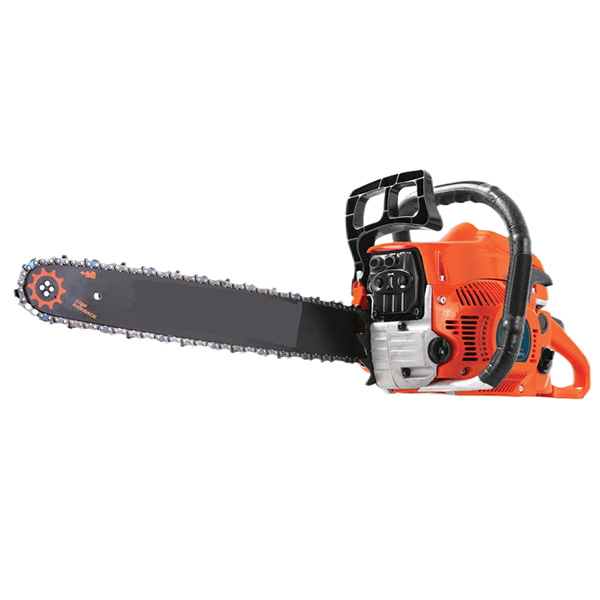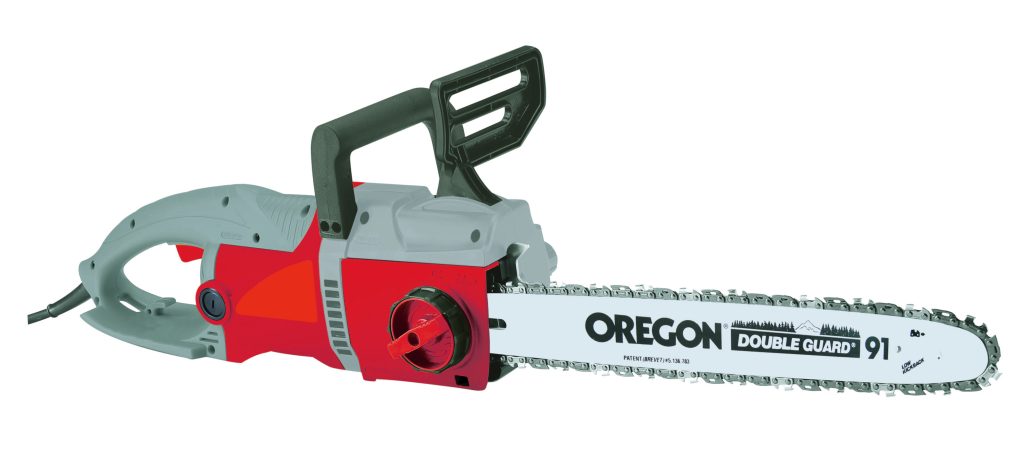How to Untangle a Chainsaw Chain
July 29, 2022 by The Merovingian

You’re out in the forest, ready to clear some brush when your chainsaw chain tangle. You don’t need to go home and call for help; you can fix it yourself! There’s no need to call in a pro or spend money on new equipment—you just have to know how to do it properly.
Here’s how:
Lay chain on a flat surface
Lay the chain on a flat surface. Use a flat, sturdy surface that is large enough to lay the chain on. This can be an old piece of plywood or even a sheet of cardboard. Make sure this surface is strong enough to support the weight of your chainsaw, especially if you have some sort of safety equipment connected to it (like gloves or goggles).
Next, move on to step 2!
Lubricate the chain
To lubricate the chain, you’ll need bar and chain oil. The best way to apply this is with an attachment that comes with some chainsaw models (such as a spray bottle or squirt gun). If your model doesn’t come with such an attachment, then you can use any type of liquid lubricant: a chain saw chain lubricant, WD40 or motor oil will work just fine.
Do not use oil with a petroleum base because it will gum up the engine and eventually ruin it. Also, avoid vegetable-based oils because they may cause premature wear on key components of your machine.
Make two loops
Now you should have two loops, one on each end of your chain. These loops should be about 1/2 inch in diameter and roughly the same size as your chain links.
Raise chain
To untangle your chainsaw chain, first, raise the chain off the ground. This can be done in a variety of ways:
- Raise it off a table. If you have a table or bench nearby, carefully lay the chain on top so that it is supported by both ends. You may need to use a vice for this step—it’s okay! We won’t tell anyone if you do it wrong!
- Raise it off a surface. A workbench and vice are also common items to use when trying to raise something up in order to work on it. If you don’t have these available, try using another vice or clamp instead (again: we won’t tell anyone).
Repeat as needed
If your chainsaw chain is still tangled, repeat the above steps as needed. If you’re having problems making the loops tight enough to fit over each other, try making them looser. If you’re having problems making them tight enough to fit over each other, try making them tighter.
How to prevent a chainsaw chain tangle
Here are five ways you can keep your chainsaw chain from tangling:
- Keep it lubricated. This may sound obvious, but if you don’t lubricate your blade with bar oil and/or petroleum jelly on a regular basis, the heat created by friction will cause the chain to become stiff, which makes it more likely to tangle.
- Make sure the chain is sharp. Sharpening a dull blade increases its risk of getting tangled because it causes more friction as it cuts through wood or other materials. Also, consider having your bar ground at least once per year by an authorized dealer in order to ensure that the teeth aren’t starting to bend or break off (which could lead them into becoming dangerous projectiles). If possible, always cut on soft surfaces such as dirt or sand so that any debris doesn’t get caught in between two links—this will also help keep out debris like sap that could otherwise clog up your saw’s engine housing over time as well!
How to unkink a chainsaw chain
- Cleaning the chain
- Removing the chain
- Use a chain breaker to remove the chain
- Using a vice to remove the chain
Conclusion
If you’re still struggling to get the hang of unkinking a chainsaw chain, that’s okay! All of these methods take practice and patience. It may take some time to perfect your technique, but once you do, you’ll be able to keep your chainsaw in tip-top shape for years to come.

Flooded Chainsaw
If you’ve ever used a chainsaw, then you probably know how important they are to your home. Chainsaws can cut down trees, trim branches off of them, and even help you clear brush out of your yard. But what happens when your chainsaw isn’t working right? You’ll want to figure out what’s causing the problem before trying any solutions so that you don’t waste time on a solution that won’t work in the first place!
Causes of Flooding
Your chainsaw can flood for several reasons:
- Water in the fuel tank. If you’re using a two-stroke engine, this is the most likely culprit. In a two-stroke engine, air and fuel are mixed together at the same time. This means that if any water gets into your tank or lines, it will mix with the gas and cause flooding.
- Water in the oil tank or line can also cause flooding because oil is used as part of lubrication for some parts inside of your chainsaw’s engine—so if there’s no oil flowing through properly, it can cause problems like flooding (as well as other issues).
- Water in an air filter or muffler is another thing that could lead to chain saw flooding because both these components are meant to keep debris out of your chain saw while it’s running—but if they get wet they won’t work properly!
Common Symptoms
You may be wondering what the symptoms of a flooded chainsaw are. Well, fear not! We’ve compiled a list of common symptoms that you should keep in mind if your chainsaw starts acting up.
- Your chainsaw won’t start: If you try to start your tool and it’s not responding, make sure the spark plug is dry and clean, otherwise you’ll need to replace it with a new one.
- Your chainsaw won’t run: If your tool isn’t running smoothly or revving up properly, this could indicate that something is wrong with the fuel system—it may need more oil or cleaner fuel. Make sure there are no blockages in the carburetor (this would be an easy fix). Finally, check for loose wires from bad connections causing short circuits within certain components before calling in professional help—you might save yourself some money!
- Your chainsaw will not idle: If there’s no gas coming through when you push down on throttle lever then this indicates there might be air bubbles trapped inside the carburetor which need removing by using a compressed air spray bottle while rotating the engine manually until they escape into the surrounding atmosphere (or get sucked into the filter).
How to Fix It
Before you tackle the task of fixing a flooded chainsaw, it’s important that you first turn off and unplug your unit. Next, remove the spark plug and drain any remaining gas from the carburetor. At this point, you should be able to remove all of the following parts:
- Fuel cap
- Spark plug (if applicable)
- Fuel tank
- Air filter (if applicable)
- Chain cover or chain case
If you have an electric saw, skip down four steps. Otherwise, follow along with us!
Next up is removing a few more pieces of hardware: The chain bar assembly; chain tensioner; sprocket cover; sprocket(s); and any other componentry used for changing out or installing new chainsets into place on these bad boys.
Now that you’ve fixed your chainsaw, you will be better prepared for future problems.
It’s important to take care of your chainsaw, because it’s the only way you’ll be able to use it when the time comes. Keep your chain sharp and well-oiled, and make sure you always have enough fuel in your tank before you start cutting wood. If something does go wrong, don’t panic—take a deep breath, call someone who knows how to fix things (like me!), and try again. We’ll get through this together!
Conclusion
Now you know how to fix a flooded chainsaw, and hopefully your chainsaw will be up and running in no time. If you’ve been following our guide, then you should have done everything right by now!
